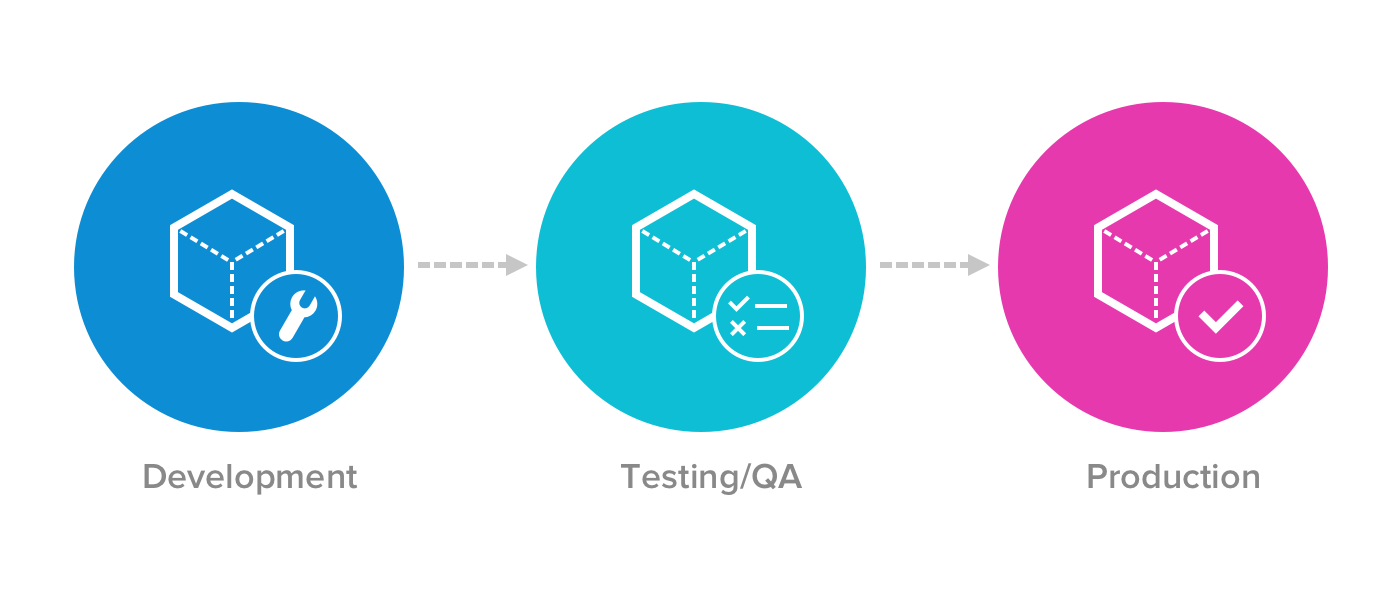Dev, Test, Prod: Oh, My!

by Cathy McVey, IT Services
So if you are in meetings with software developers or other technical folks you might have heard the terms “Dev, Test, Prod” thrown around. What do they mean and why should it matter?
Following best practices, when IT technicians stand up a new service or make significant changes to an existing service in the data center, they create three separate versions of that service. Sometimes you will hear the term “instances” to refer to those versions. Why three?
The first, Dev, means development. As the name implies this is where the application is shaped to meet Miami’s needs. It is where risks are taken and ideas are tried out. Because the Dev instance uses a clone of the database that will be used when it goes live, developers can see how each change they make impacts the application. (While that data is a mirror of what the application will use, the clone is a snapshot and is not updated.) Once those developers are satisfied that they have a product that is solid, the Dev version is copied to the Test instance.
Again, the Test instance is just what it says. This is the place where anyone with proper permissions can work with the software, using cloned data like Dev, to make sure everything works as expected. While IT staff may be able to do some testing, it is critical for the people who will be using the application regularly to engage in the testing. Does it work the way they expect? Does the output meet their needs? Basically, does it provide the deliverables identified at the beginning of the project.
Once testing is complete and all parties are happy with how the application is working, it is time to move into Prod or production. The last gate a service or application must clear before moving to Prod is approved is called Change Control. A small group of engineers/technicians with deep knowledge of the data center ecosystem review each proposed change to systems in Prod. They look to be sure all potential conflicts have been identified and dealt with in Dev or Test. They check to see that proper communication to end users and support staff is being planned. Only after these gatekeepers provide their approval is the new service introduced to the live, production environment.
This is the big moment. The software is going to be on our live systems and servers. Many systems and applications live together in a shared ecosystem. A problem with one may cause issues for others. Any problems at this point can be just annoying or could be catastrophic. This risk is why the Dev, Test, Prod processes are critical. If they have been followed rigorously, potential problems have already been addressed and the move to Prod will be seamless.
Each Banner 9 module will traverse these three basic milestones, providing ample room for experimentation, testing, and carefully monitored “go live” plans. So, when you hear the terms Dev, Test, or Prod, now you will know what they mean and where the work is in the process.

